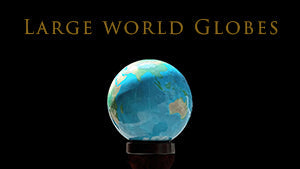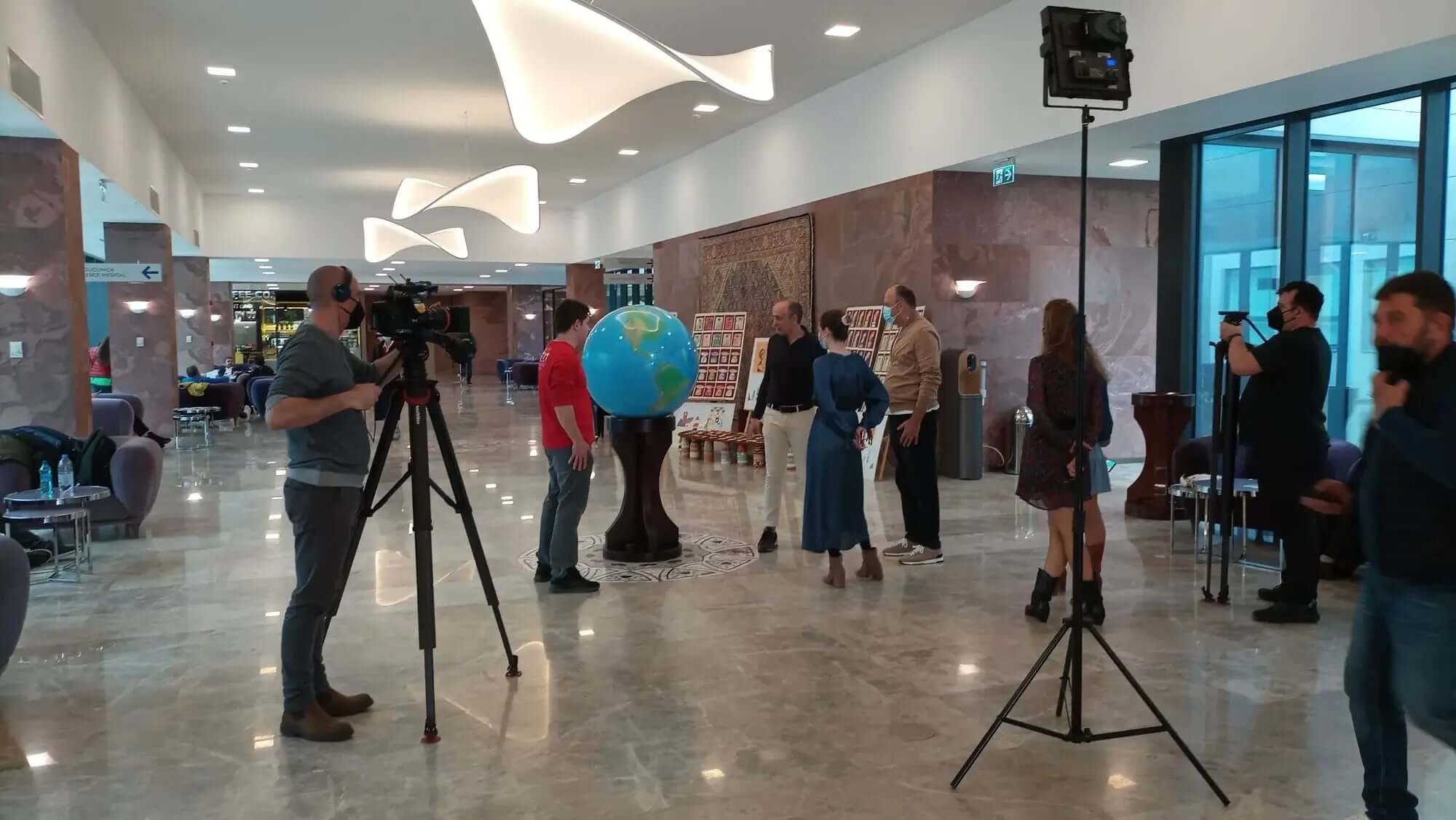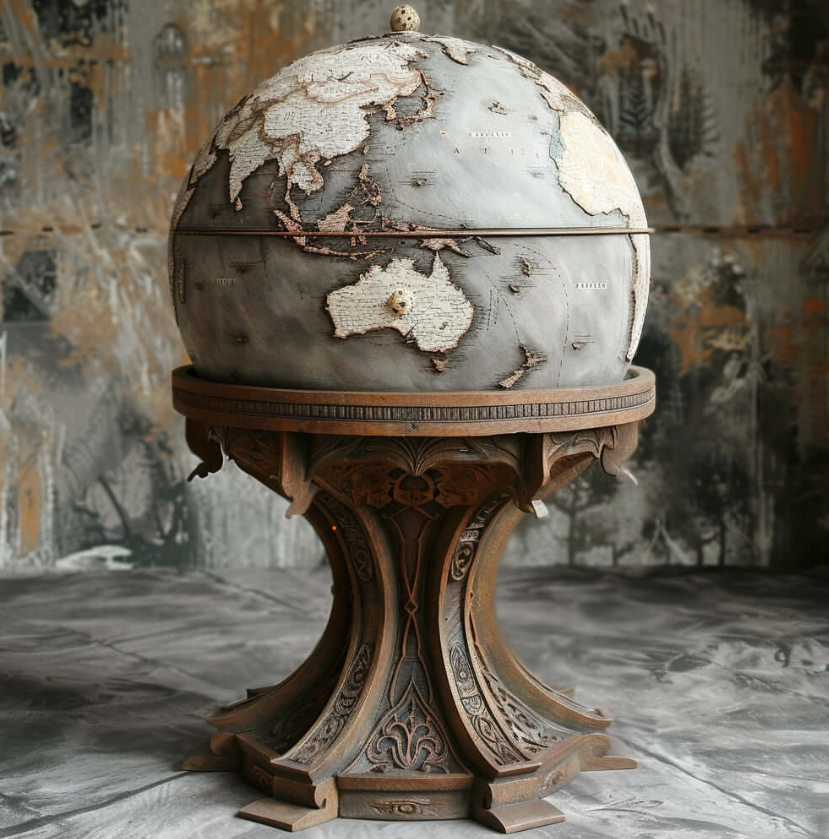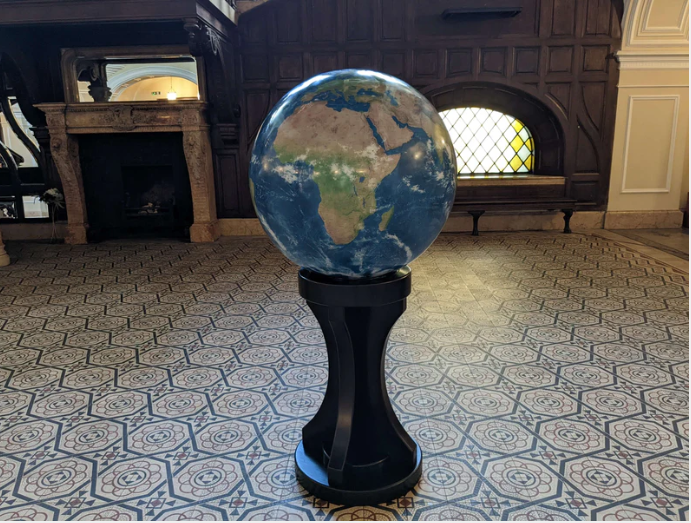
Mapas vs. Globos terráqueos: el tamaño real de los países
Los mapas y los globos terráqueos son dos de las formas más comunes de representar la Tierra y sus características. Ambos tienen sus propias ventajas y desventajas a la hora de mostrar el tamaño real de los países, y ambos tienen sus propias características únicas que los hacen más adecuados para determinados fines.
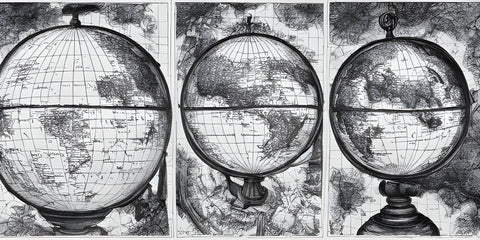
Los mapas son representaciones planas de la superficie de la Tierra y suelen tener forma rectangular o circular. El tipo de mapa más común es el mapa de Mercator, que se desarrolló en el siglo XVI y todavía se utiliza ampliamente en la actualidad. Una de las principales ventajas de los mapas es que son fáciles de leer y usar. También son excelentes para la navegación y pueden mostrar información detallada sobre carreteras, ciudades y otras características.
Sin embargo, el mapa de Mercator tiene un fallo importante a la hora de mostrar el tamaño real de los países. Como es una representación plana de la superficie de la Tierra, los países cercanos a los polos parecen mucho más grandes de lo que son en realidad, mientras que los países cercanos al ecuador parecen mucho más pequeños. Esto se debe a que el mapa de Mercator distorsiona el tamaño de los objetos a medida que se acercan a los polos, lo que hace que el ecuador parezca mucho más pequeño de lo que es en realidad.
Por ejemplo, en un mapa de Mercator, Groenlandia parece tener el mismo tamaño que África, cuando en realidad África es unas 14 veces más grande. Esto puede dar lugar a conceptos erróneos sobre el tamaño relativo de los países y puede tener graves consecuencias para la educación, la política y otros ámbitos.
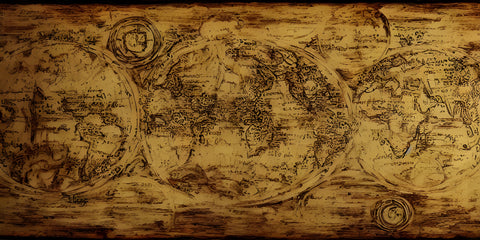
Los globos terráqueos, por otro lado, son representaciones tridimensionales de la Tierra. Muestran la Tierra tal como es en realidad, con el tamaño de los países representado con precisión. Una de las principales ventajas de los globos terráqueos es que muestran el tamaño real de los países, lo que facilita la comprensión del tamaño relativo de los diferentes países. Esto puede ser especialmente útil para fines educativos, ya que los estudiantes pueden ver el tamaño relativo de los países y comprender mejor el mundo.

Otra ventaja de los globos terráqueos es que pueden mostrar la geografía de la Tierra con mucho más detalle que los mapas. Por ejemplo, los globos terráqueos pueden mostrar cadenas montañosas, ríos y otras características que son difíciles de ver en mapas planos. Esto hace que los globos terráqueos sean ideales para estudiar geografía y comprender las características de la Tierra.
Sin embargo, el uso de globos terráqueos también tiene algunas desventajas. Una de las principales desventajas es que son más difíciles de leer y usar que los mapas. Los globos terráqueos también son más difíciles de almacenar y transportar, ya que son mucho más grandes y voluminosos que los mapas. Además, los globos terráqueos son más caros que los mapas, lo que los hace menos accesibles para muchas personas.
A la hora de elegir entre mapas y globos terráqueos para mostrar el tamaño real de los países, hay varios factores a tener en cuenta. Uno de los principales es el propósito para el que se utiliza el mapa o el globo terráqueo. Si se utiliza para la navegación, un mapa puede ser más adecuado, ya que es más fácil de leer y utilizar. Si se utiliza con fines educativos, un globo terráqueo puede ser una mejor opción, ya que muestra el tamaño real de los países y puede mostrar la geografía de la Tierra con mucho más detalle.
Otro factor a tener en cuenta es el nivel de detalle que se requiere. Si se necesita mostrar información detallada sobre carreteras, ciudades y otras características, un mapa puede ser una mejor opción. Si se necesita mostrar la geografía de la Tierra con mayor detalle, un globo terráqueo puede ser una mejor opción.
Por último, el coste del mapa o globo terráqueo también es un factor importante a tener en cuenta. Los mapas suelen ser más económicos que los globos terráqueos, lo que los hace más accesibles para mucha gente. Sin embargo, si estás dispuesto a gastar más dinero, un globo terráqueo puede proporcionar una representación mucho más precisa del tamaño real de los países.
En conclusión, tanto los mapas como los globos terráqueos tienen sus propias ventajas y desventajas a la hora de mostrar el tamaño real de los países. Si bien los mapas son fáciles de leer y usar y son excelentes para la navegación, pueden distorsionar el tamaño de los países cercanos a los polos, lo que genera conceptos erróneos sobre el tamaño relativo de los países. Los globos terráqueos, por otro lado, muestran el tamaño real de los países y pueden mostrar la geografía de la Tierra con mucho más detalle, pero son más difíciles de leer y usar, y son más caros que los mapas. En última instancia, la elección entre un mapa y un globo terráqueo dependerá del propósito para el que se utilicen y del nivel de detalle requerido. Sin embargo, independientemente de la elección, es importante tener una comprensión clara del tamaño real de los países para comprender mejor el mundo y las relaciones entre los países.

